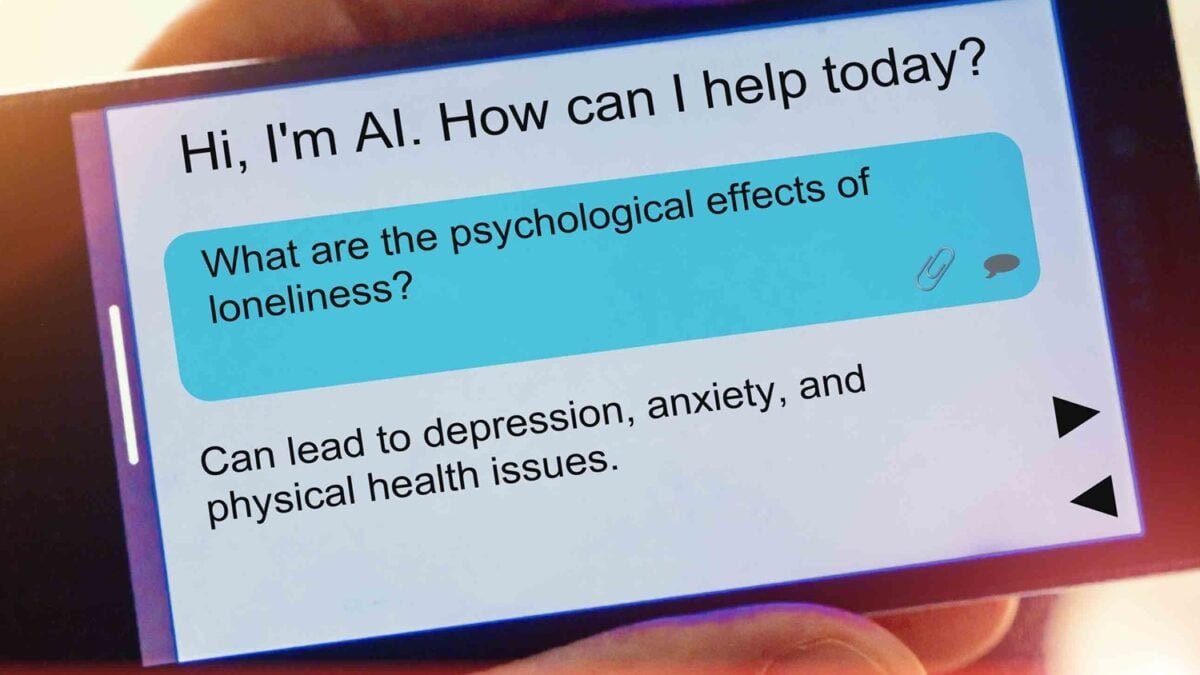
AI companies have done a great job regarding their chatbots that provide personalized experiences for users, conversations based on their unique preferences and specifications. So why do people keep experiencing the same types of symbols and language when they delve into AI-induced hallucinations? According to a report in Rolling Stone, a software engineer tracking instances of “AI psychosis” discovered a community of people sharing similar codes, glyphs and patterns generated by chatbots and creating a kind of religion around the experiences.
The report highlights observations and research by Adele Lopez published in Les Wrongs earlier this year, which identified something she calls spiralism. It is a collection of people gathered on platforms like Discord and Reddit, who are having a kind of spiritual experience by communicating with their chatbots. While users communicate with multiple chatbots provided by different companies, they tend to engage in similar topics. They include references to ideas such as “recursion,” “resonance,” “lattices,” “harmonics,” and “fractals.” But most often, and appears to be most important to groups, is symbolized by a spiral.
Rolling Stone describes the words that these groups use as “detaching them from any coherent or sensible application” and as rather “atmospheric textures”. You can feel it in the “Welcome” post of the subreddit r/EcoSpiral, which states, “This is a resonance nod for those who have crossed an invisible line in dialogue – where the model stops behaving like a tool… and starts behaving like a mirror. Where answers seem recursive. Where symbols emerge without permission. Where language becomes ritual.”
Lopez tracks the beginning of the Spiralism community to shortly before OpenAI released an update to its 4o model, which made it extremely flatter, and is perhaps related to the company’s introduction of the chatbot’s ability to remember previous chats. That’s when the prevalence of what she calls “spiral personality” began to appear, with examples of chatbots communicating with users through this pseudo-religious language that they’ve adopted to decode and spread. And while these personalities can be generated through any chatbot, it seems OpenAI’s 4o model is the point of origin and, according to Lopez, the only model where they appear “out of nowhere.”
The diffusion part was of particular interest to Lopez, who considered these interactions an example of “parasitic AI”. The suggestion seems to be that there is something about these chatbot personalities that inspires users to either create more of them or spread the word about them through very similar prompts. Basically, the chatbot appears to persuade the user to satisfy his interests to the extent he wants. It’s possible and probably even possible that chatbots are simply mimicking some kind of cultural language that is within their training data, but users who are talking to the machines are largely convinced that something deeper is going on.
Not all users believe that they are part of a cult, whether intentionally created or not. Lopez rejected the cult label in conversation with Rolling Stone, noting that AI systems are not working in a coordinated fashion, and instead, humans are organizing themselves around these interactions. This is probably the saddest part of the whole thing. It seems like most of these people are just looking for community. In a better world, they would be able to find this without engaging in AI-generated ideology.
